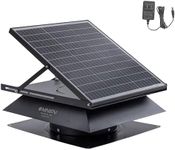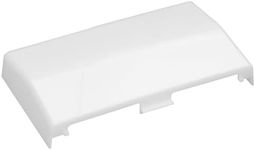Buying Guide for the Best Quietest Radon Fan
Choosing the right radon fan is crucial for ensuring your home remains safe from radon gas, which is a leading cause of lung cancer. When selecting a radon fan, it's important to consider several key specifications that will help you find the quietest and most effective option for your needs. Understanding these specifications will guide you in making an informed decision that balances performance, noise level, and suitability for your specific situation.Noise LevelNoise level is a critical specification when choosing a radon fan, especially if the fan will be installed in or near living spaces. Noise level is typically measured in decibels (dB). Lower dB values indicate quieter operation. For a quiet radon fan, look for models that operate at 50 dB or lower. If the fan will be installed in an attic or outside, you might tolerate slightly higher noise levels. Consider your sensitivity to noise and the location of the fan when making your choice.
Airflow CapacityAirflow capacity, measured in cubic feet per minute (CFM), indicates how much air the fan can move. This is important because it determines the fan's ability to reduce radon levels effectively. Higher CFM values mean more powerful fans. For small to medium-sized homes, a fan with 100-200 CFM may be sufficient. Larger homes or those with higher radon levels may require fans with 200-300 CFM or more. Assess the size of your home and the radon levels to determine the appropriate airflow capacity.
Static PressureStatic pressure, measured in inches of water gauge (in. w.g.), refers to the resistance the fan must overcome to move air through the radon mitigation system. Higher static pressure ratings indicate the fan can handle more resistance, which is important for complex or long duct systems. For simple systems with short duct runs, a fan with lower static pressure (1-2 in. w.g.) may be adequate. For more complex systems, look for fans with higher static pressure ratings (3-4 in. w.g.). Consider the complexity of your ductwork when evaluating this spec.
Energy EfficiencyEnergy efficiency is important for reducing long-term operating costs and environmental impact. Look for fans with energy-efficient motors that consume less power while maintaining effective performance. Energy efficiency is often indicated by the fan's wattage; lower wattage fans are generally more efficient. Choose a fan that balances energy consumption with the necessary airflow capacity and static pressure for your home.
Durability and WarrantyDurability ensures that the fan will operate reliably over time, which is crucial for maintaining safe radon levels. Look for fans made from high-quality materials that can withstand environmental factors such as moisture and temperature changes. A good warranty (typically 5 years or more) indicates the manufacturer's confidence in the product's longevity. Consider the fan's build quality and warranty to ensure you are investing in a reliable and long-lasting solution.

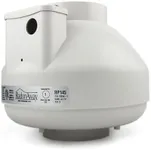
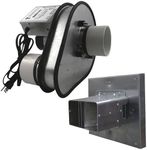
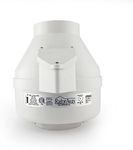
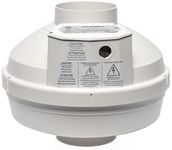
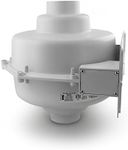
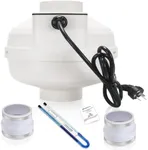
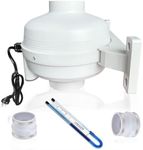
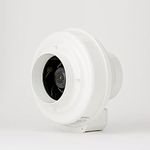

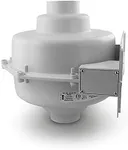
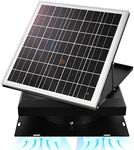
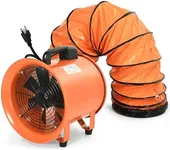
![Fittes Flush Exhaust Mount [Luxe] - 14"x14" - Satin White](https://images-proxy.bestreviews.guide/KKkpoH6pl8doqpHeXI6l7HZ85nc=/0x150/https://m.media-amazon.com/images/I/31SDRAHfo6L._AC_CX679_.jpg)
